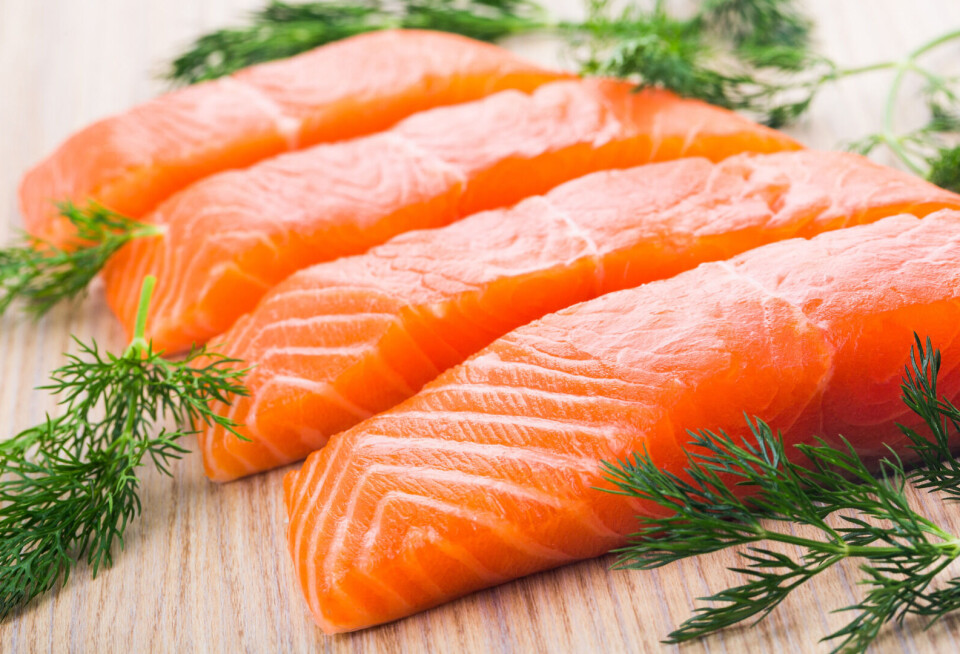
BioMar increases vitamin D levels in salmon feeds
Formulation improvement has "wide-reaching impact"
Aquafeed manufacturer BioMar has significantly increased the levels of vitamin D3 across all salmon diets after carrying out research that pointed to enhanced fish health benefits while increasing the nutritional value of farmed salmon for consumers.
The research was prompted by the European Union’s 2019 decision to raise the maximum permitted vitamin D3 levels in aquafeed for salmonids from 2,500 to 60,000 IU (International Units) per kilo. Scientists confirmed that higher dietary vitamin D3 levels led to a proportional increase in fillet vitamin D3 content without negatively affecting fish performance, feed intake, or feed conversion.
“Vitamin D is crucial for fish health, supporting bone development, calcium regulation, and immune function,” BioMar senior R&D scientist Pedro Gómez Requeni said in a press release.
“Our research confirms that feeds with optimised vitamin D3 levels enriched fillet vitamin D content while maintaining an optimal fish performance.”

BioMar said it has taken advantage of the increased maximum permitted levels of vitamin D3, and that farmers will automatically get salmon diets that promote optimal fish performance, while producing fillets with enhanced nutritional value, supporting market differentiation and consumer preferences for nutrient-rich foods.
“Consumers are becoming more aware of the importance of vitamin D for their health,” said Simon Wadsworth, R&D director at BioMar. “By formulating feeds that naturally enrich fish fillets, we are helping farmers offer products with added value and supporting public health goals.”
The enhanced vitamin D3 content in salmon fillets will contribute to increased consumer dietary intake, helping to support widespread vitamin D insufficiency in many populations.
“This is a practical formulation improvement with wide-reaching impact,” concluded Wadsworth. “It supports healthier fish, helps farmers differentiate their products, and offers consumers an improved nutritional profile.”





















































